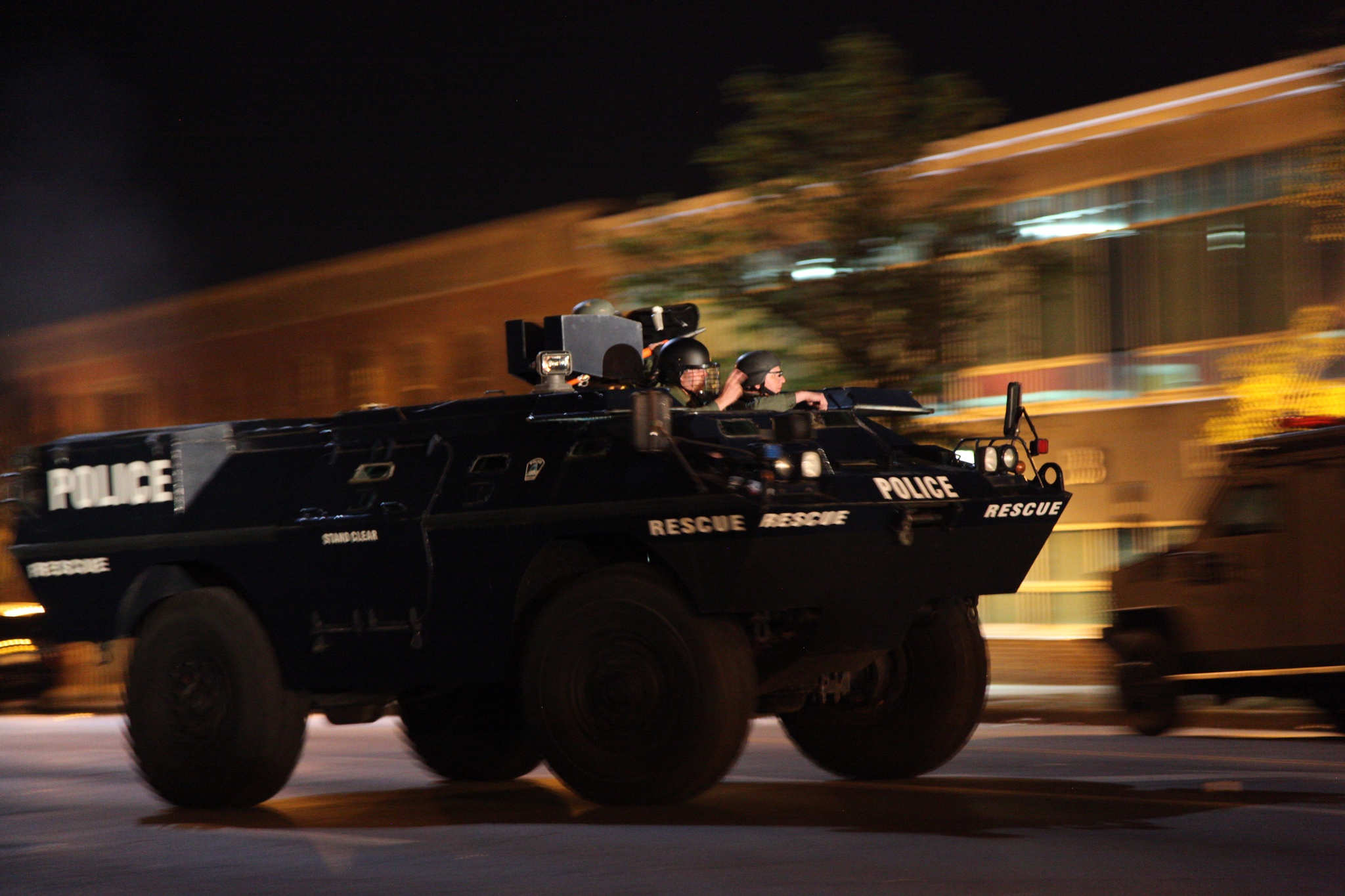Originally published at MintPress News.
COLORADO SPRINGS, Colorado — Last week, a white man was captured alive after a five-hour shootout with police at a Planned Parenthood clinic that claimed the lives of three and injured nine. Coming just days after the one-year anniversary of Tamir Rice’s death, and amid a number of high-profile police brutality protests, the violent incident has renewed a debate about race and policing in the United States.
On Friday, Robert Lewis Dear barricaded himself inside the health clinic in Colorado Springs, Colorado, where he engaged in an ongoing fire-fight with police before being captured alive. Among the victims were a university police officer, a mother of two, and an Iraq War veteran with two children. At least five of the other injured victims were police officers.
Earlier that week, activists took the streets in Cleveland to mark one year since the death of Tamir Rice, a 12-year-old black boy, who was killed by police while playing in a park with a toy gun. It is legal to openly carry firearms in Ohio, yet video footage of the shooting shows police opening fire on the boy within just two seconds of their arrival in the park. Police were slow to provide medical attention to the boy, even detaining his sister when she tried to provide medical aid. He died the next day.
The death of Jamar Clark, who eyewitnesses say was shot by Minneapolis police while handcuffed, and the release of video evidence in the shooting of Laquan McDonald by Chicago police have also triggered a resurgence in protests against police brutality.
Shaun King, a civil rights activist and journalist, reacted to the Planned Parenthood shooting on Twitter:
Police take people alive when they want to. Period.
— Shaun King (@ShaunKing) November 28, 2015
In a Monday editorial for The New York Daily News, where King serves as senior justice writer, he asked: “How would the U.S. react if the Planned Parenthood shooter was not a white male?”
What if it was a refugee who did the killing? An undocumented immigrant? Someone from Syria?
Could you imagine if the Planned Parenthood shooter was a Black Lives Matter protester? What would the national response be if that protester shot five police officers, killed one, killed a decorated war veteran, killed a mother and shot 11 people in all?
Be real here. You know the answer.
Even the presence of innocent bystanders in Dear’s vicinity may not fully account for police behavior. On Monday, Elisabeth Epps, another supporter of racial justice, took to Twitter to compare Dear’s treatment with two other non-white people shot by police:
https://twitter.com/elisabeth/status/670782027700961280
In January, Denver police shot and killed Jessie Hernandez, a 17-year-old driving a stolen car with her friends. While police claim they shot in self-defense, attorneys for her family claim the autopsy proves police shot Hernandez through the driver’s side window. And Paul Castaway, a Rosebud Sioux man, was fatally shot by Denver police in July while he held a knife to his own neck in a crowded trailer park.
Further backing up claims of unequal treatment of violent white shooters, following a massive manhunt in June, police apprehended Dylann Roof, who is charged with killing nine black parishioners inside an historic church in Charleston, South Carolina. They later fed him Burger King food, although Urban Legends website Snopes cautions that police did not actually take Roof to the fast food restaurant, contrary to media claims.
In July 2012, after James Holmes killed 12 and wounded 70 more in an Aurora, Colorado, movie theater, police took him into custody in the parking lot behind the theater. In April of this year, Reuters quoted the testimony of Jason Oviatt, the arresting officer, who described Holmes as “very calm” and even “very interested” as he watched the wounded being treated near the police car where he was held under guard.
A USA Today analysis of FBI data found that one-third of killers at the site of mass shootings are either killed by police or take their own lives. But regardless of the differences in the police treatment of shooters like Holmes or Dear, King argued there is an imbalance in how they are treated by the media and society. He wrote that although it’s been “widely shared” that white men pose the biggest threat of terrorism in America, “it’s a real struggle to think of any meaningful pushback … to curb such a threat.”
